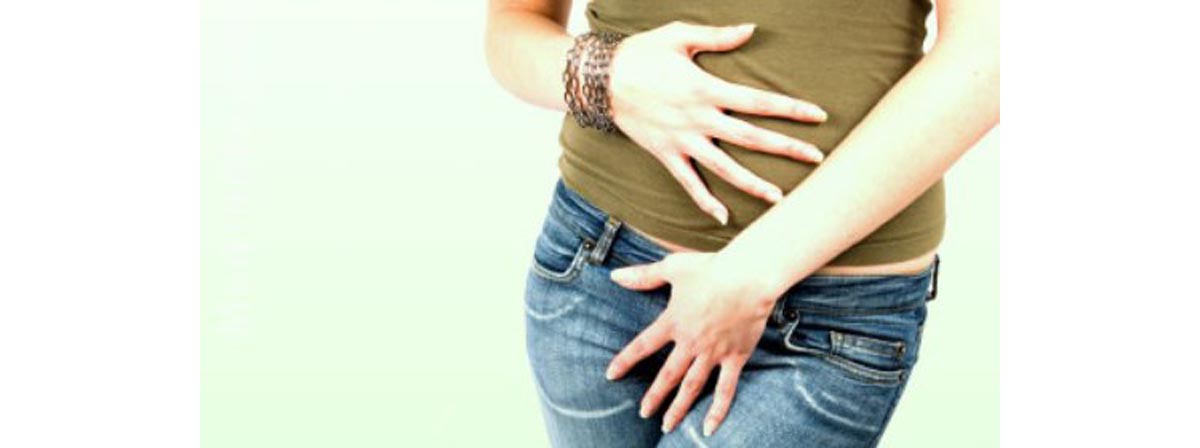Table of Contents
An average, healthy, person has to void urine around seven to eight times a day. When you think back, you'll realize that that used to be true for you, too. But off late, you have been noticing that this frequency has been steadily increasing. Your visits to the washroom first increased during the day time. But now the condition is such that you have to get up every half an hour during night as well.
Not only is your sleep being disturbed, you tend to remain in a foul mood throughout the day. This problem of yours has severely jeopardized your social life too. You went to your family doctor who prescribed you some antibiotics, thinking that you were dealing with a simple case of urinary tract infection. But you didn’t get any respite despite completing the entire course of antibiotics. You went to the doctor again. This time you were referred to a specialist who, after conducting several tests, diagnosed your condition as Interstitial Cystitis.
What's next?

What is Interstitial Cystitis?
Now what exactly is interstitial cystitis and why is it that you had to suffer from this condition? You can take heart from the fact that in the United States alone, more than 4 million people suffer from the same plight as yours. Doctors term interstitial cystitis as a chronic bladder condition.
The most common symptoms of interstitial cystitis are increased frequency of micturition (urination) and a sense of urgency attached to it.
Due to the inflammation of the wall of the urinary bladder, the muscles of the bladder wall stiffen. Hence, they lose their capacity to expand in order to hold more urine. As the bladder cannot expand to its normal capacity, it leads to a sensation of full bladder earlier, which, in turn, causes the symptoms of interstitial cystitis. In 90 percent of patients who suffer from this condition, the bladder wall is characterized by multiple pin point hemorrhagic spots called glomerulations. In 10 percent of these patients, besides the spots of bleeding, ulcers known as Hunner’s patches can also be seen in the lining of the bladder.
Women are more likely to suffer from interstitial cystitis
Being a woman increases your likelihood of developing interstitial cystitis. According to the latest statistics available, around 3.3 million women in United States (that is 2.7% of the entire population) above the age of 18 suffer from this condition. On the other hand, about 1.6 million men in US (a much lower 1.3% of the entire population) between the age of 30 and 79 suffer from interstitial cystitis. However, there is no medical explanation for this discrepancy.
- “Prevalence of symptoms of bladder pain syndrome/interstitial cystitis among adult females in the United States,” by Berry SH, Elliott MN, Suttorp M, et al, published in 2011 in The Journal of Urology, accessed on May 4, 2013
- “Prevalence and psychosocial correlates of symptoms suggestive of painful bladder syndrome: results from the Boston area community health survey,” by Link CL, Pulliam SJ, Hanno PM, et al, published in 2008 in the Journal of Urology, accessed on May 4, 2013.
- Photo courtesy of The Natural Bladder by Picasa : picasaweb.google.com/lh/view?q=bladder+&uname=109008901828086469253&psc=G&filter=1#5805133600491277714
- Photo courtesy of Rupert Ganzer by Flickr : www.flickr.com/photos/loop_oh/6277684962/


Your thoughts on this